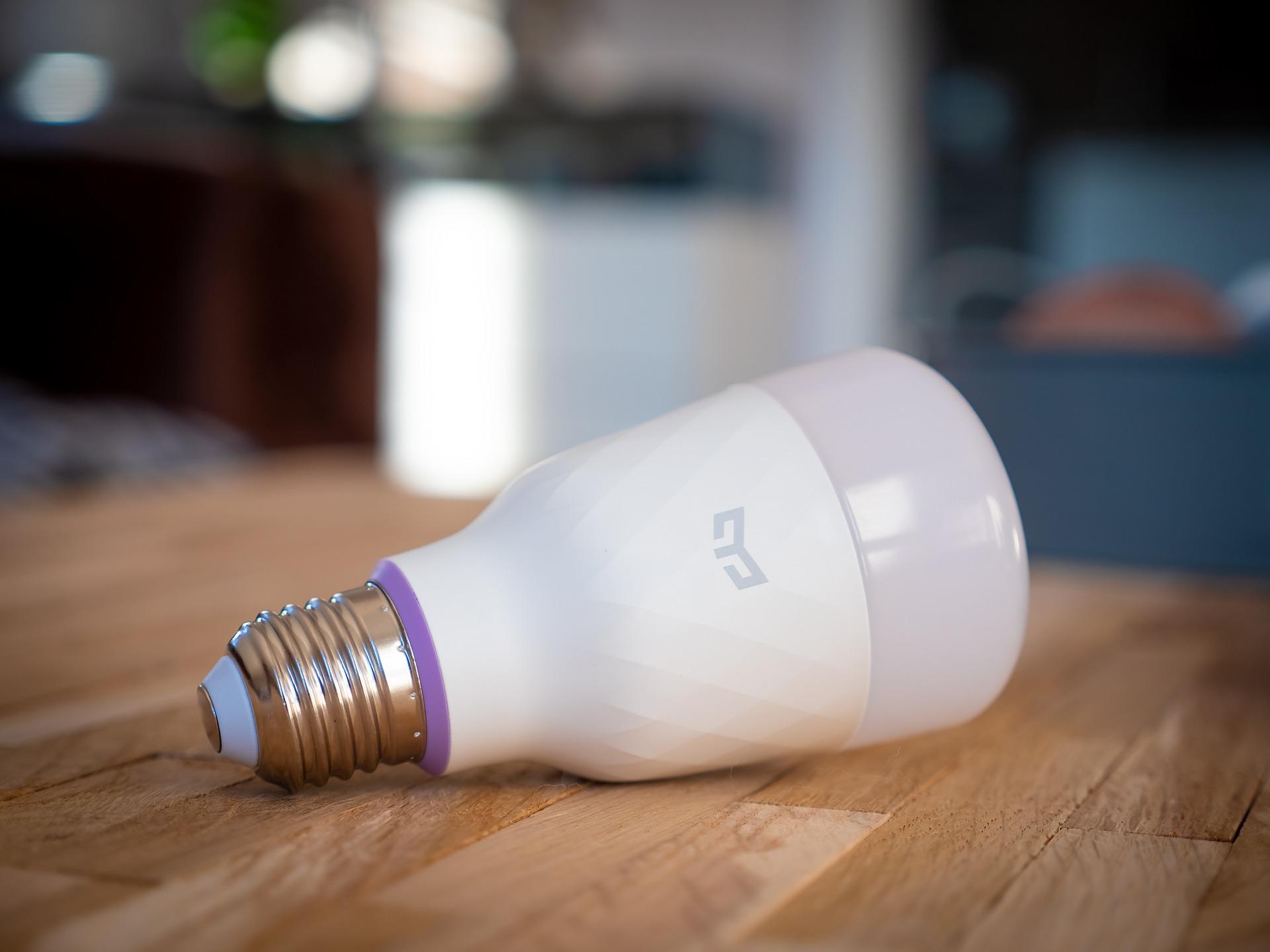Top IoT Security Issues and How to Overcome Them
The global Internet of Things market is likely to be valued at $1.11 trillion by 2026. The CAGR percentage for this growth is likely to be 25.4% in the 2021-2028 period. By 2021, 35 billion IoT devices will be installed around the world. By 2030, this number is expected to reach around 50 billion IoT devices creating a global network of interconnected devices. However, when every appliance in your home becomes smart, the vulnerable attack surface and risk exposure rises concurrently. This is why Gartner has predicted that spending on IoT security solutions will likely exceed $600 million with an impending spending boom in the sector. In this article we will talk about some of the biggest IoT security issues and how to manage them effectively. For more information on managing IoT security in your business, please contact IT support Los Angeles.
Top 4 Biggest IoT Security Issues
IoT Device Hijacking and Ransomware
It is well documented that Internet of Things devices have traditionally lagged in security measures and have ended up as a target of ransomware attacks. This means that all smart devices including wearable technology, smart home devices, healthcare trackers and autonomous vehicles could have their data stolen by a malicious actor who will only restore the data when his/ her demands are met – no matter how bizarre or financially crippling. These kinds of attacks can very well disable devices altogether instead of just locking users out of the system. Users can only be protected from these kinds of attacks if mission-critical data is stored in the cloud. For effective cloud storage in security solutions, please refer to Managed IT security services provider.
IoT Devices are continually plagued by lack of testing and updates
Companies have been in such a hurry to roll out and capture market share through IoT devices that many have continually failed to conduct adequate testing or patch known vulnerabilities through subsequent updates. Since the average consumer trusts manufacturers to ensure the security of their devices, this has become a sore point of contention. Many manufacturers have chosen to abandon older generations of devices altogether instead of updating the software and thereby forcing users to opt for newer models through hyper production. IoT devices with outdated software remain vulnerable to countless malware and other privacy and security issues. Theoretically, it is even possible for hackers to target devices during an update in which the non-encrypted communication between the device and the cloud could be intercepted and the update files corrupted. As malware attacks become more virulent and crippling, manufacturers would do well to remember that it is their duty to update the device’s software for any known vulnerabilities before attacks become widespread.
IoT Financial Crimes
Electronic payment companies using the Internet of Things are likely to witness an intensifying surge in financial crime and synthetic identity fraud. The main line of defense against such attacks could be to detect fraud patterns and its complex signals in time using deep learning algorithms. However, launching and making such models operational is likely to be a time-consuming process for most financial companies as they are likely to be subjected to close scrutiny for compliance and operational issues. Apart from implementing artificial intelligence and machine learning, companies will also need to work on integrating information on different business levels to increase visibility and make threat detection easier.
Fake IoT Devices
The popularity and sheer volume of Internet of Things devices makes it incredibly challenging for any organization to effectively close the perimeter and manage all single user’s devices effectively. This is where the threat of fake or rogue IoT devices become rampant as users have the ability to install these devices without any authorization even on secured networks. These rogue devices can be used to replace the original ones or be leveraged to collect sensitive data, effectively compromising the network perimeter. These can serve as rogue access points, or used to spy on consumers or steal data without their permission.

3 Ways to Secure Your IoT Device
Use stronger passcodes
A single weak or repeated password is enough to wreak havoc and provide an open door into your organization’s network. While you should always encourage users to use unique and intricate passcodes, the problem lies with overall efficiency in the management of passcodes in the network. Even if the organization insists on advanced password management policies, all it takes is one careless or reluctant employee to jeopardize the security of the entire network. Good password hygiene should become second nature to everyone associated with your business or even accessing your network as a vendor or service provider. Installing a competent password manager goes a long way to ensure employee compliance with all set password practices and policies.
Implement secure ecosystem interfaces
Application programming interfaces (APIs) are software intermediaries that typically connect different servers allowing applications to ‘talk’ to each other. This also presents a significant attack pathway for hackers to gain access to the organization’s network of IoT devices and compromise different parts of the network including the router, web interface, server, etc. This is why you need competent security personnel or IoT security solutions to effectively understand and manage the intricacies and security policies of each device in the ecosystem before allowing them to connect to the network.
Secure your data storage and transfer
Even as cloud-based communications and data storage soar in popularity, users should keep in mind that any time data is transferred, received, or stored through these networks – there is a potential for a security breach. Even if the IoT ecosystem is secure, the communication chain suffers from lack of encryption and access controls before the data enters the IoT ecosystem. Companies must work to ensure the secure transfer and storage of data. Implementing a host of robust network security management tools like firewalls and network access controls could significantly improve the data integrity. For advanced IoT security of data storage and transfer, please refer to IT Consulting Los Angeles.
About Brent:
Brent Whitfield is the CEO of DCG Technical Solutions LLC. DCG provides specialist advice and IT Services Los Angeles area businesses need to remain competitive and productive while being sensitive to limited IT budgets.
Brent has been featured in Fast Company, CNBC, Network Computing, Reuters, and Yahoo Business. He also leads SMBTN – Los Angeles, a MSP peer group that focuses on continuing education for MSP’s and IT professionals. https://www.dcgla.com was recognized among the Top 10 Fastest Growing MSPs in North America by MSP mentor. Stay connected via LinkedIn.



